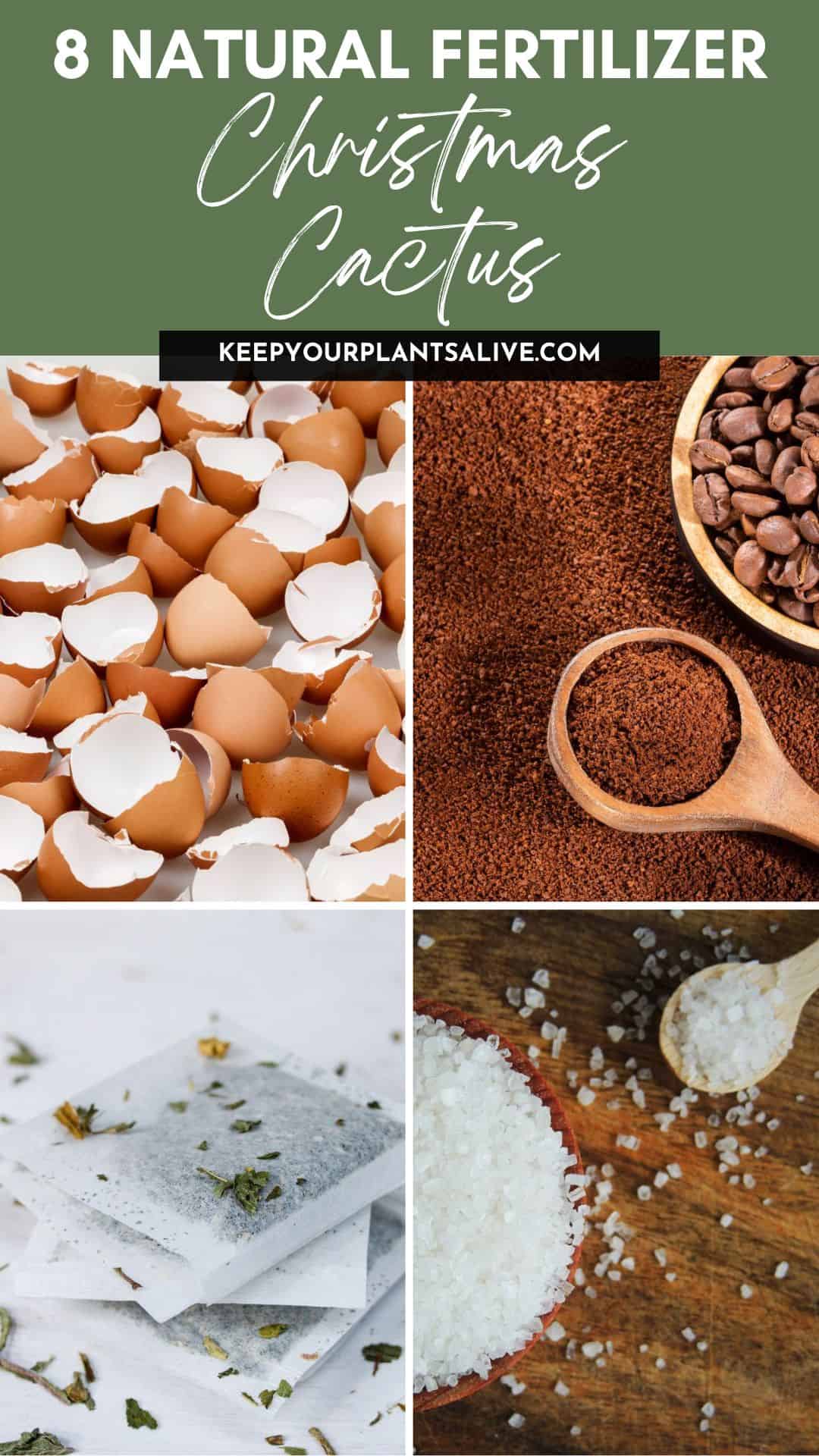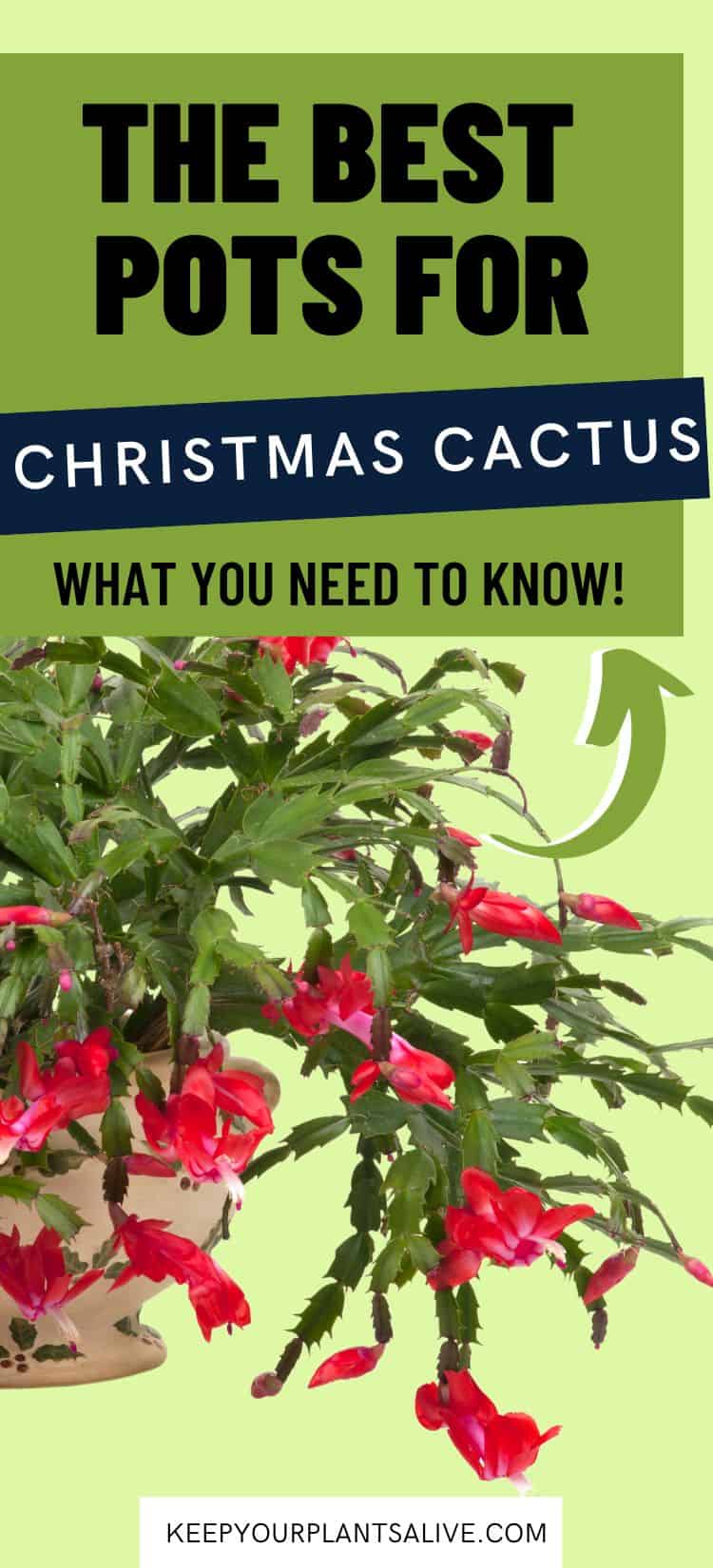Having trouble with your holiday cactus? Here are the most common Christmas cactus problems and how to solve them!
The perfect Christmas cactus plant probably has healthy green stems with colorful flowers.
But what can you do if you notice yellow dots, limped leaves, and no flowers at all?
Well, you definitely don’t want to give up on your plant!
That’s why, today, we’ll delve into the list of the most common Christmas cactus problems.
We’ll tell you which diseases most often affect these types of plants, as well as what you can do to prevent them. So, let us begin this trip to rescue your succulent!

Free printable holiday cactus care guide
Join the (free!) KeepYourPlantsAlive+ community to access this exclusive printable plant care guide! Once you sign up, you can right click & save the JPG care guide. Or keep scrolling for more!

Most common Christmas cactus diseases
From lifeless leaves to changes in color- here are the most common issues you might deal with while you care for your cactus:
Limp leaves and withering
Seeing your once-vibrant Christmas cactus plant with limp leaves can be discouraging, but fear not! We've identified five common issues and provided simple solutions to regain its charm.
- Watering Woes - The Balancing Act: Overwatering can lead to root rot, while under watering causes nutrient deficiency. To ensure you’re giving your plant the amount of water it needs, create a watering schedule and be sure that the pot has drainage holes to avoid pooling water. If you’ve overwatered it, clean the roots, dry them, and repot with fresh soil.
- Temperature & Humidity Havoc: Sudden temperature shocks and inadequate humidity stress the cactus. Invest in a tracker to monitor conditions and use water misters or a humidifier to boost humidity.
- Light Matters: Inadequate light is also a common reason your plant is wilting. Therefore, you need to put your plant under indirect light near an east or north-facing window but avoid direct sunlight. Watch for color changes in your cactus to determine if it's getting enough light.
- Drainage Details: Proper drainage is important for your Christmas cactus’ health. Use a cactus-friendly soil mix with minerals and choose a Terra-Cotta clay pot with drainage holes.
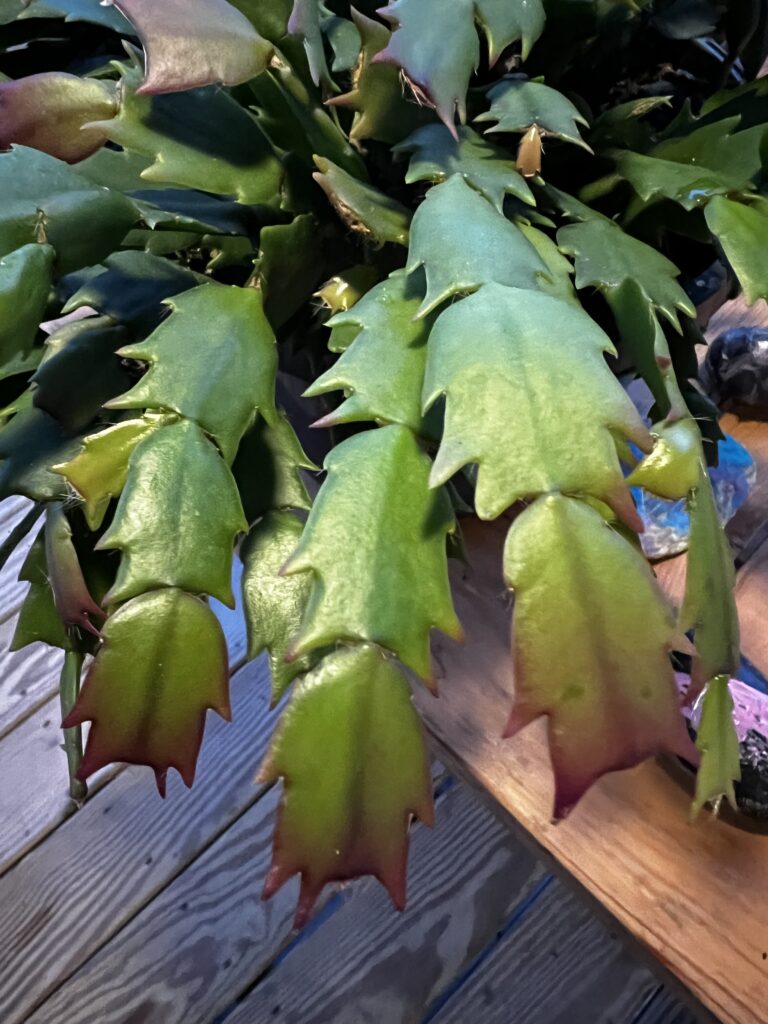
Discoloration
These cacti grow in shaded areas in their natural habitat, protecting them from strong sunlight. The purple dots or coloration appears when the plant's defensive system reacts to stress.
Because of excessive light and high temperatures, the cactus produces anthocyanins, or the purple pigment you’re noticing on its leaves.
Place the cactus in a location with indirect bright light to prevent discoloration.
Temperature fluctuations can also cause color changes. Keep the plant within the preferred temperature range of 15°C to 35°C during the day and slightly cooler at night.
Low humidity during lack of winter also stresses the cactus, which is why it’s important to maintain humidity levels of 50-60%.
Moreover, a lack of essential nutrients like phosphorus, magnesium, and nitrogen can also lead to purple or reddish discoloration.
Proper fertilization and watering are vital to prevent nutrient deficiencies and Christmas cactus problems.
Insect infestations can stress the plant as well, leading to color changes. Doing regular checks and using appropriate insecticides can help keep pests away and make sure your plant friend stays healthy.
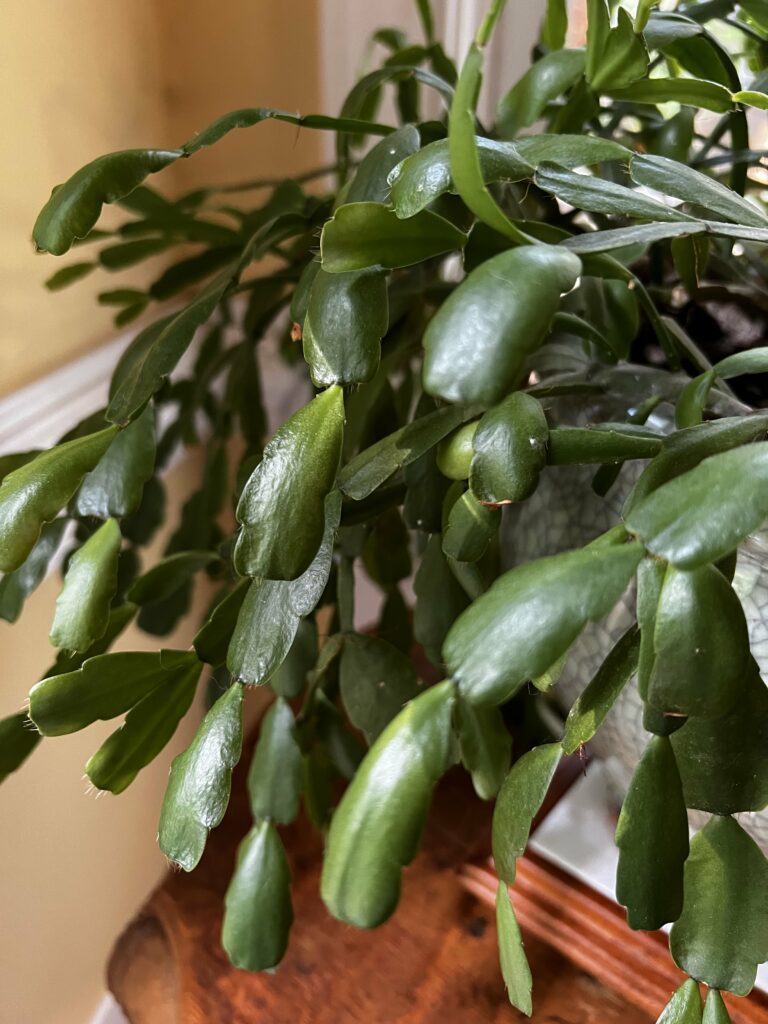
Turning yellow
Yellowing is perhaps one of the most common Christmas cactus leaf problems and can appear due to several factors:
- Overwatering might be stealing the vibrant green color, causing root rot and depriving the plant of vital nutrients.
- Inadequate lighting may cast a shadow on its health, as these cacti thrive in bright, indirect sunlight. Too much darkness might negatively affect it and cause the stems to turn yellow.
- Lastly, temperature shocks could be responsible for these unwanted transformations, as these cacti prefer consistent, moderate temperatures.
To rescue your succulent from these Christmas cactus problems, create a balanced watering schedule, move it to a well-lit spot, and shield it from extreme temperature fluctuations.
Bloomless Christmas Cactus
Is your Christmas cactus lacking blooms? There are three reasons why it is happening (or, isn't happening!):
- Poor lighting might play a role in this. Ensure your cactus receives enough indirect sunlight to trigger those colorful blossoms. Place it near the eastern or northern window or behind the curtain.
- Could it be the cold exposure? This cactus likes cooler temperatures during the fall, which is how it encourages buds to form. Keep the temperature from 60°F to 70°F (15°C to 24°C) ideally.
- Lastly, be aware of overwatering- Keep track of the water schedule. For more watering pieces of advice, read our article: Five ways to revive your limped Christmas cactus.
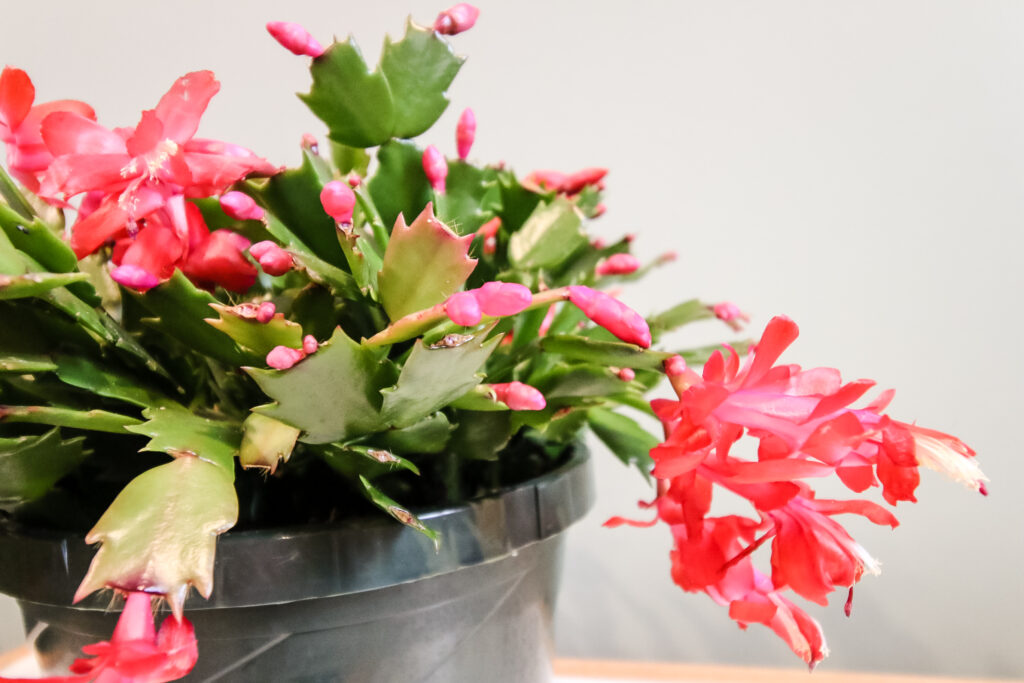
Fungus and pests
You have already enriched your plant collection with new Christmas cactus. You are so excited to bring it home, so you didn’t notice the one you chose has some bugs or fungus mold.
Take action immediately to rescue your succulent and eliminate common Christmas cactus problems. Here are the steps you should follow:
- Identify the Culprits: First and foremost, it's essential to identify the enemy. Fungus infections often manifest as discolored spots on the leaves or stem, while mold presents as a fuzzy growth on the surface. Pest attacks, on the other hand, are noticeable through tiny insects crawling on the plant or by the presence of sticky residue. Use phone zoom or flashlight to detect which problem you’re dealing with.
- Proper Hygiene and Isolation: Once you spot any signs of infection, mold, or pests, the first step is to isolate the affected cactus from your other plants. This will prevent the issue from spreading to your other healthy greens. Clean your tools thoroughly with alcohol before pruning any infected parts. Dispose of the affected portions carefully to avoid further contamination. Ensure the plant's environment remains clean, and avoid overwatering to prevent creating a breeding ground for pests and mold.
- Natural Remedies: For a chemical-free approach, try neem oil spray is an organic solution to deter pests. Diluted hydrogen peroxide can help combat mold growth. Mix baking soda to treat fungal infections. Also, you can solve one drop of dish detergent in one liter of water and spray this mix on the leaves. These remedies are safe and gentle on your plant.
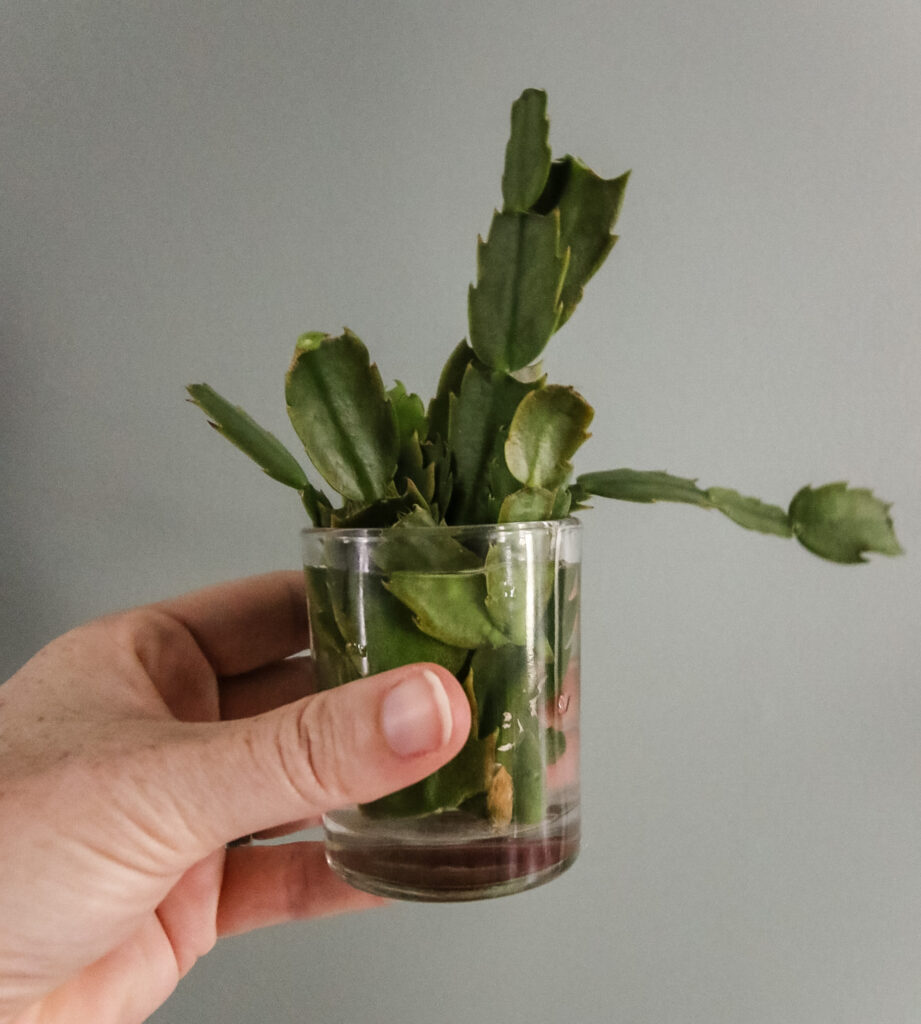
Your Christmas cactus problems are probably due to unfavorable environmental conditions. Ensure your plant is placed in a location with adequate indirect sunlight, as too much or too little can weaken it.
Maintain a consistent watering schedule and avoid letting the cactus sit in water, which can encourage mold and root rot.
And if you wish to discover more plant-related tips, make sure to read the rest of our blog. Happy gardening!
Thanks for reading!


Hey there, I'm Morgan, a houseplant enthusiast from sunny Charleston, South Carolina. Growing up surrounded by my mom's lush orchids and African violets, I discovered the magic of bringing nature indoors. Thanks to the pandemic, I delved deeper into houseplants, discovering their power to uplift moods and transform spaces. I'm here to spill all my secrets, helping you pick the perfect houseplant - and make it happy. Let's keep your plants alive, together! 😊

